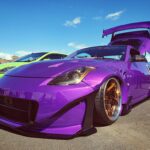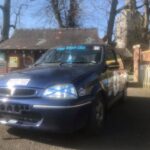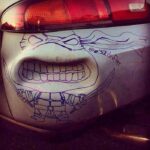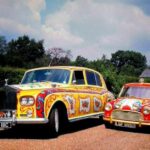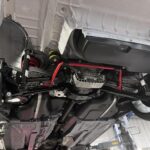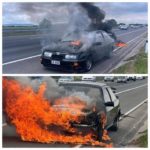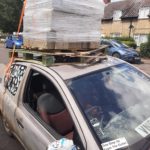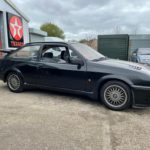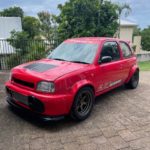Lighting up a garage space or workshop comes with some health and safety issues which all UK businesses must conform to so that workers can see properly and work in a safe and secure environment. The Government has produced a set of guidelines which lighting in workshops and garages must adhere to and for this reason it is recommended that when installing new lighting or upgrading existing lighting that any new products conform to this legislation.
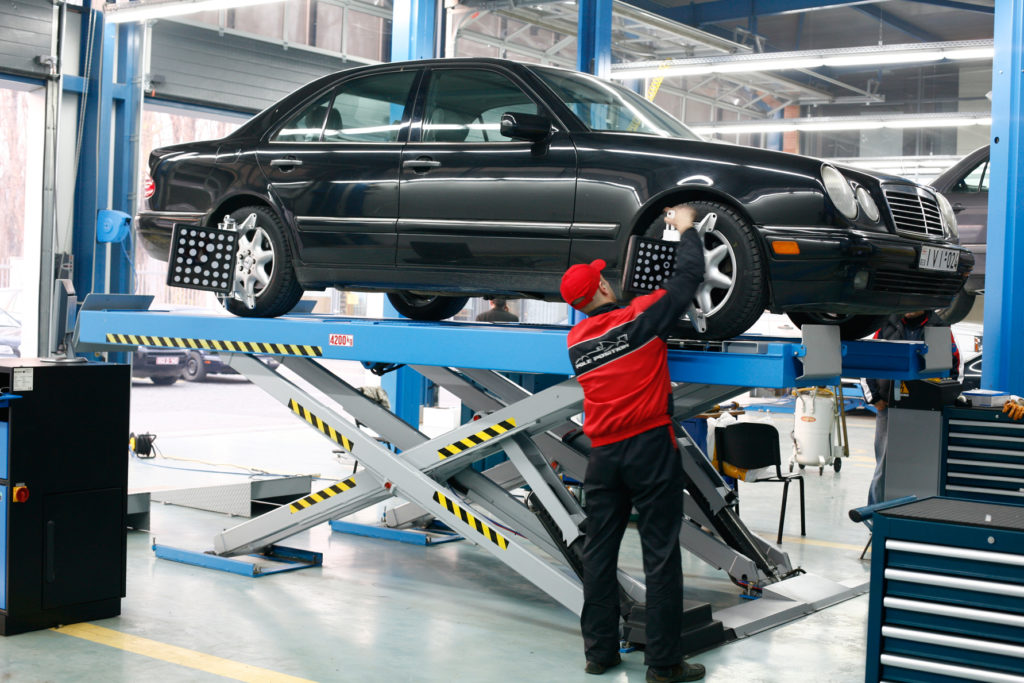
Choosing the Right & Brightest Workshop Lights
When it comes to replacing lamps and light fixture, swapping to LED lights like LED High Bays, LED Panel Lights and Tri Proof LED Tube lights is by far the easiest way to ensure that a workshop meets legislation. Choosing the correct wattage and lumen output can depend on where the lights are mounted and how far away from the ground. This APP by LightRabbit is a great tool which should ensure that the light output at ground level adheres to what is set out in the government PDF about Workshop lighting.
A Further breakdown of some of the items and details required in motor industry and workshop lighting can be found in THIS PDF
An extract from the PDF explains more about maintaining, installing and changing light fixtures in the Motor Vehicle Industry;
For most general MVR tasks, the average luminance for the work area should be at least 100 lux with a minimum of 50 lux at any position in it.
This means that all and any lighting which is installed in a workshop should be suitable for the job and tasks at hand. Body shops may require a higher level of lighting output as the detail work here is more demanding, MOT centres and similar motor vehicle premises may be able to use lower light outputs as the work is less demanding.
Further important information on lighting for workshops and motor vehicle industries can be found below…
Provide suitable and sufficient lighting to all parts of the premises and not just to the work area. There should be a good level of illumination, free from glare. Position light fittings so light is even throughout the working area and strong shadows are avoided. Remedy all light failures or deficiencies as soon as possible and keep light covers clean. The lighting level needed depends on: how much detail needs to be seen; the speed and accuracy required by the task; and employees’ individual needs.
Bodyshop lighting levels are much more demanding. Lighting needs to be as uniform as possible and without glare, with an average figure in spray booths of around 1000 lux measured at floor level around a vehicle and between 750 and 1000 lux in preparation areas. Failure to provide and maintain adequate lighting levels in spray booths makes it more likely that sprayers will lift their visors to see the quality of finish (see paragraph 91).
Consider wall and floor finishes, for example light colours can improve brightness, whereas darker colours can reduce arc welding flash or reflections from UV lamps.
Too much light may cause glare and reduce the amount you can see, as the eye naturally reacts to the brightness.
Flickering lamps can cause rotating parts of engines and wheels to appear stationary, so could be dangerous. Flicker can be caused by lamps at the end of their life or by instabilities in the electricity supply. These stroboscopic effects can be eliminated by using lights with high-frequency electronic control gear or by using twin fluorescent or LED lamps with phase displacement between them.
Adequate emergency lighting is required, particularly for areas lacking daylight.
Ensure that outside areas are satisfactorily lit for work, vehicle movements and other access (particularly during the hours of darkness) – for security as well as safety.
Lighting for specific area; Lights on the runways of vehicle lifts can provide an even and accessible source of illumination. They need to be sufficiently robust and protected against water.
Lighting used in pits, spray booths, mixing rooms and other areas where flammable atmospheres may be reasonably expected should be designed and tested (‘flameproof’) or installed to prevent ignition, eg by fitting lights outside the enclosure and shining them through fixed and sealed half-hour, fire-resisting glass – Tri Proof LED lights are the best solution here.
In vehicle washes, lights should be totally enclosed and hose-proof. Again Tri Proof LED lights can be sufficient for water protection, alternatively IP67 lights may be used here.
